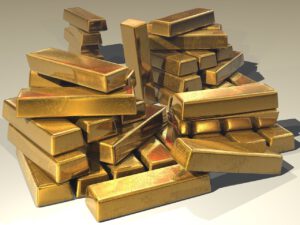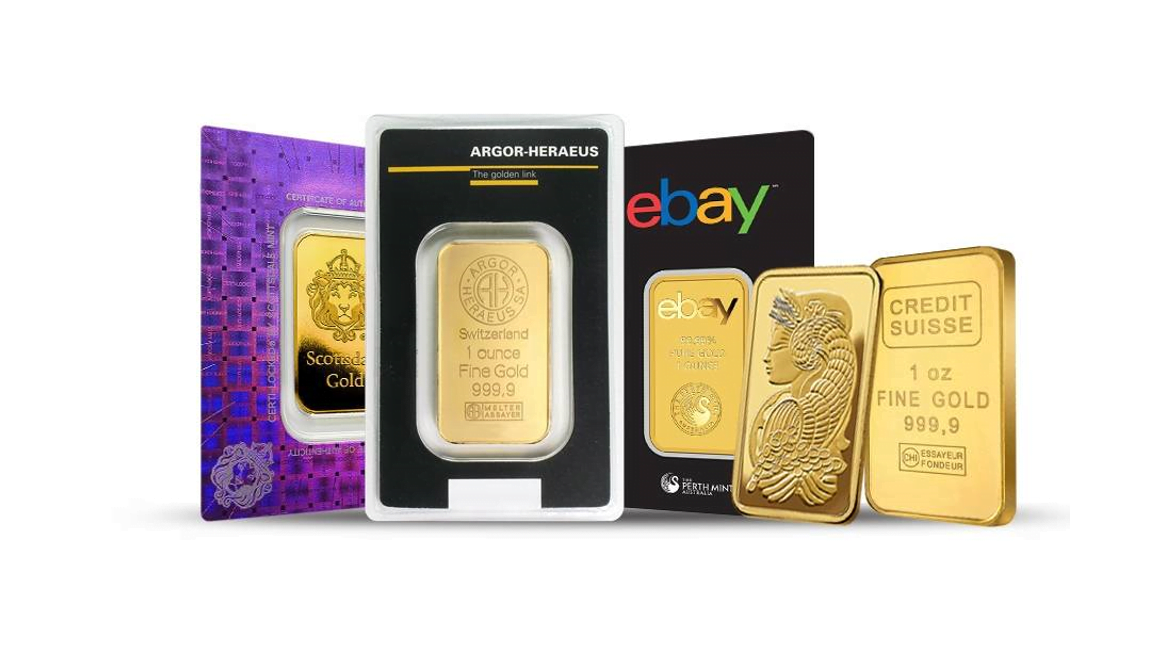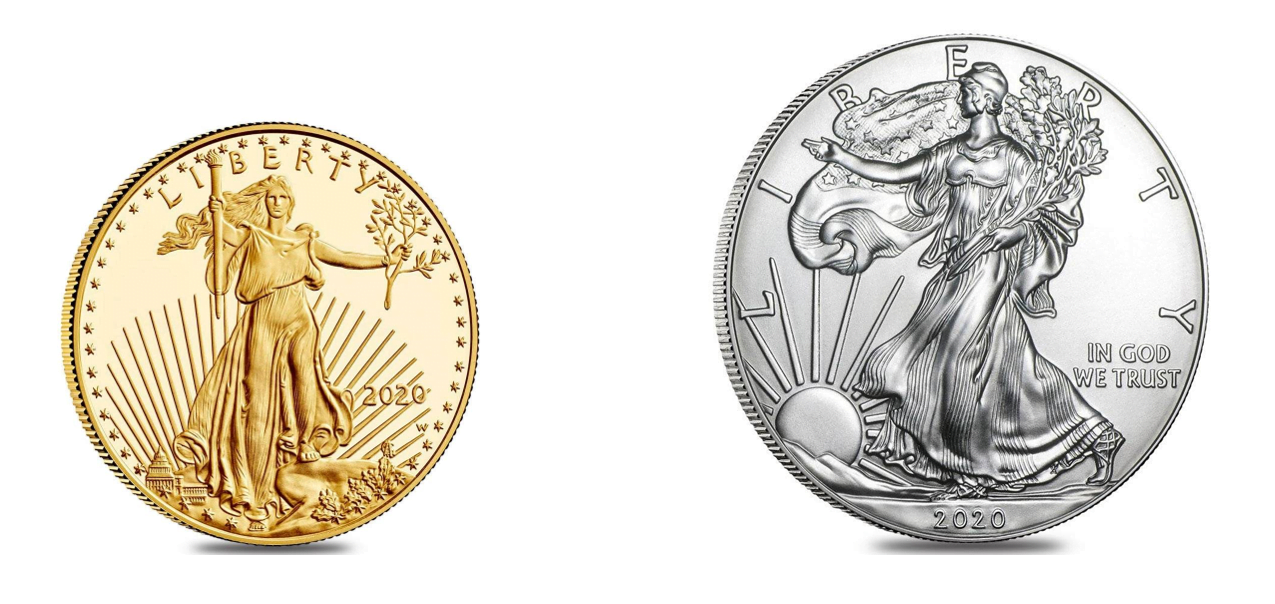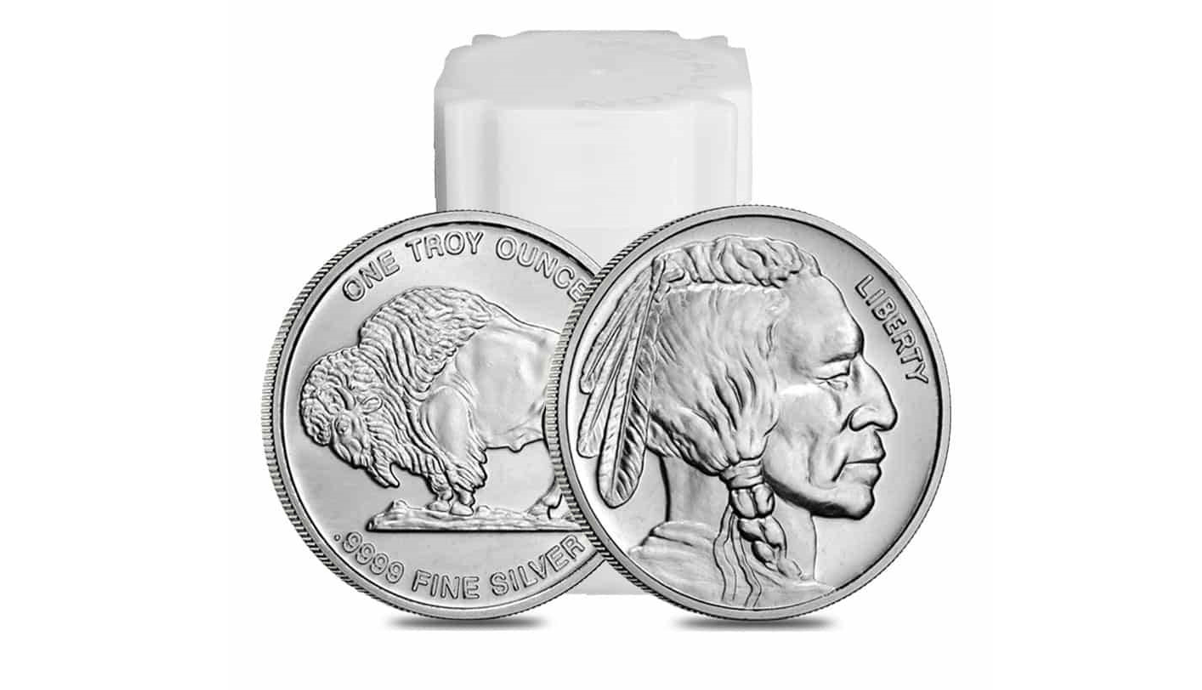
Right at the start of the coronavirus pandemic in the US, many investors jumped ship from the stock market and swam to physical ownership of precious metals. Therefore, since March 2020, the gold spot price climbed past $1700 when it was only about $1560 at the very end of February. Today, silver, platinum, and palladium are all on the rise too! Maybe you never considered investing in physical gold and other precious metals portfolio until now. So, where is the right place to start? Which precious metal should you invest in first?
Q1 2020 hedge fund letters, conferences and more
Beginning Your Safe Haven Precious Metals Portfolio
If you decide that inflation is not something you want to sit back and watch happen, then it might be time to consider beginning a precious metals portfolio. This is because precious metals retain their value. Precious metals are rare commodities that are typically referred to as “flight capital.” This basically means that precious metals are a known safe haven for investors’ capital. Gold and silver have been used as currency for millennia, and have stood the test of time.
Like stocks in the stock market, there are many different precious metals products for you to choose from. It can seem overwhelming—you might be asking Google, ‘where to start investing in precious metals’, or ‘how to buy gold.’ We’ll make it simple for you. If you want to know where the best place is to start investing, the truthful answer is that no one can tell you where the exact right place to begin is. What works for one person might not work for you. It’s all about your personal goals and what you can afford.
In the beginning, many investors tend to begin with gold and silver. However, your options do not end there. You can invest in platinum, palladium, rhodium, and more. But before you dive in, it is important to know not only where these precious metals derive their value from, but also which products are right for you to invest in.
What Are Coins, Bars, and Rounds?
First of all, when you begin to invest in precious metals, you will find products advertised as bars, coins, and rounds. It is crucial to know the difference between these three main forms of bullion products. Luckily, they are not difficult to differentiate between. Knowing which one is right for you is more important.
Bars
Bullion Bars are precious metals products melted into the shape of bars. Some investors prefer to buy bars because they come in many sizes and can be more affordable than coins, making them easy to invest in. The value of a bar mostly comes mostly from its melt value, and, usually, only private mints produce them.
Additionally, bars usually have a lower premium than coins. This means that bars can often be more cost-effective because their production process doesn’t cost as much as it may for coins. Basically, bars offer you the ability to buy more per ounce than other bullion products do. However, certain limited edition bars, such as rare silver Engelhard bars, can be incredibly valuable.
Secondly, whenever you buy bullion, you should also know that you’ll almost never pay the spot price (or “melt value”) of the product. This is because you aren’t buying the raw material. Bars that have gone through the refining process will almost always be priced above their spot price. However, normally they are closer to the spot price than coins or rounds.
Finally, bars come in a variety of sizes including grams, ounces, or kilograms. The heavier the weight, the more bang you get for your buck. Instead of buying ten 1 oz silver bars, you can purchase one 10 oz bar for a better deal. Plus, bars are very easy to store because you can stack them together. They usually fit together nicely—especially if you stick to one brand.
Coins vs. Rounds
Coins and rounds are very similar bullion products. However, the main difference between the two is that coins are legal tender. You could technically use coins to pay the government since they are government-issued. Rounds, meanwhile, are not “money.” This is because only the sovereign government mints can strike coins. Rounds are not legal tender.
Coins tend to be popular because of their beautiful designs and the fact that they are government-backed. However, some coins can be more valuable than others for other factors including, but not limited to, mintage and metal content or fineness.
US MINT AMERICAN GOLD AND SILVER EAGLES
Coins also come in different finishes. The most common are proof (mirror-like finish) and brilliant uncirculated. That being said, coins can also vary in finish and size. On top of their precious metals content, coins also have numismatic value. Several factors determine the numismatic value (or “collector value”). These factors include the mintage of the coin (total amount produced), condition (perfect grade vs. imperfect grade), and overall demand for the coin. Coins often have stunning, intricate designs that can also add historic and artistic value. All of these factors, in addition to being a legal currency, play into a coin’s premium.
Rounds are an easy way for new investors to invest in silver and other metals. This is because rounds are mostly silver or copper—but you can still find gold rounds even though they are less common.
Rounds are not legal tender, which is why many equate them to being the bullion bar’s cousin. But rounds do share many similarities to coins, minus the legal tender status. Private mints typically mint rounds since they cannot strike currency themselves.
Which Precious Metals Should I Buy First?
The most collected types of bullion are gold, silver, and platinum group metals. Gold has withstood the test of time as a precious metal with high value. From our last article, you might have a good idea of how gold and other precious metals’ values are determined.
All precious metals have rebounded amid fluctuations due to the coronavirus pandemic as investors feared losses from the stock market. So, if you want to invest in precious metals, knowing where metals get their value from and which products to buy will help you.
About Eric Gozenput
Eric Gozenput founded Bullion Exchanges at the age of 27 and has been featured in places such as Fox Business News, Forbes, Reuters, Seeking Alpha, Value Walk. Eric maintains that precious metals are vital for investment portfolios and that investing in precious metals should be convenient, transparent, and secure. Before beginning his business in 2012, he began his career at Merrill Lynch as a Financial Advisor, then transitioned into working at a Hedge Fund as an International Trader for six years. Today, Bullion Exchanges has grown to become one of the largest precious metals dealers in the world that buys and sells physical precious metals and numismatic coins online and in-person at our location in the Diamond District of NYC.
The post Starting A Bullion Portfolio: Rounds, Coins, And Bars appeared first on ValueWalk.



